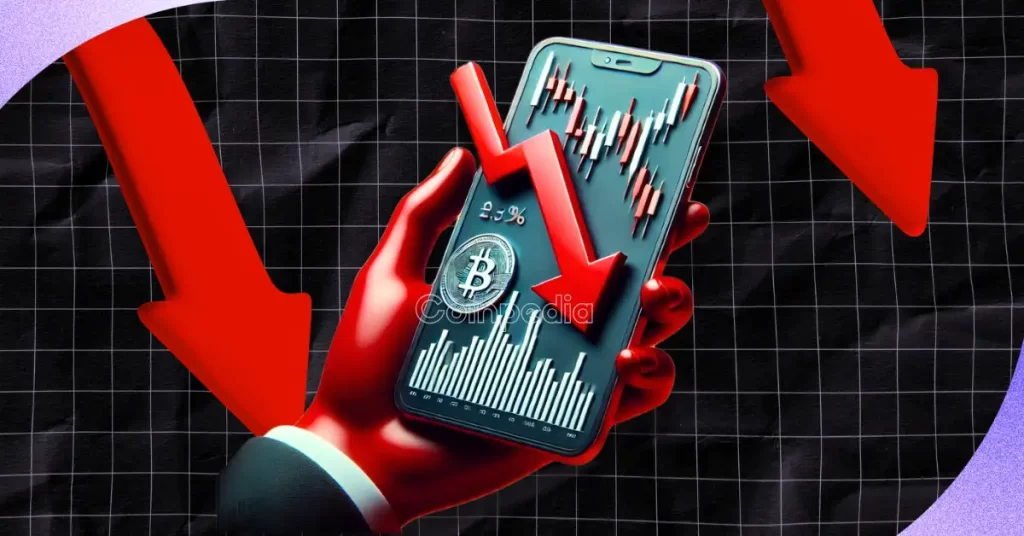OpenAI has officially entered the short-form video war. On Tuesday, the company launched Sora, a new invite-only iOS app that lets users generate AI-powered videos using text or images.
This app, built on the new Sora 2.0 model, is being pitched as OpenAI’s most advanced video tool yet, and it’s coming straight for platforms like YouTube and TikTok, but with no cameras or editing timelines involved.
Sora 2.0 expands on the earlier version OpenAI dropped this year as a research preview. The upgrade now supports multi-shot sequences, hyper-real visuals, and synchronized audio, all from a single prompt.
We are launching a new app called Sora. This is a combination of a new model called Sora 2, and a new product that makes it easy to create, share, and view videos.
This feels to many of us like the “ChatGPT for creativity” moment, and it feels fun and new. There is something…
— Sam Altman (@sama) September 30, 2025
The app lets users write a scene, drop in images, and cameo in videos, with OpenAI promising it’s adding strict controls for likeness, safety, and provenance. Users get tools to remix scenes or insert themselves, but only if they’ve verified their identity. If you didn’t sign up for a cameo, OpenAI says you won’t appear.
Studios warned as copyright concerns rise
The content moderation policy around Sora is already creating noise. According to CEO Sam Altman, OpenAI has started sending notices to studios and talent agencies, warning them that unless they explicitly opt out, their copyrighted material could show up in content generated through Sora.
OpenAI claims this is no different from how it handled things with its image tools. The company says it sees this as “fan expression”, where users simply remix or reference the fictional worlds they already love.
Executives said the platform’s early testers are clearly interested in interacting with existing characters, building content around known franchises, and making their own versions of familiar scenes.
Still, OpenAI is drawing a hard line between fictional characters and real people. While users might be able to recreate a Marvel-style universe or make a Harry Potter knockoff, they can’t generate a person’s face unless that person gave written approval.
And no, feeding in an image of someone to create a deepfake won’t work. That’s blocked too. Allegedly anyway.
OpenAI expands Sora into audio and Hollywood
Sora doesn’t just make videos. It also uses AI to create background sound, dialogue, and sound effects, which are then perfectly timed with the video. And yes, it supports multiple languages. This makes it easier for creators to publish AI films, trailers, or ads with no studio or voice actor.
These features are already getting Hollywood’s attention, even though OpenAI’s efforts to woo the industry have been met with mixed results.
During a demo, OpenAI showed two very different examples. One was a fake news report showing a man named Dimson drinking ketchup out of McDonald’s dispensers.
The other was an AI-made perfume ad for “Sora 2” – with the line: “The new fragrance from Sora – fresh, clean, unapologetic, for whoever you choose to be.”
The app is rolling out only in the U.S. and Canada for now, and access is invite-only. A Pro version, web access, and a developer API are already in the works. But the company isn’t letting this tool get out of hand.
All videos made with Sora are watermarked, and exports will carry those marks too. Screen recording is disabled by default to stop people from copying and reposting videos without labels.
This tool will not allow videos of public figures unless those individuals verify and opt-in for a cameo. That goes for both video prompts and image inputs. If you’re famous and didn’t ask to appear, you won’t. Every layer of control has been built to reduce misuse, according to the company.
Claim your free seat in an exclusive crypto trading community - limited to 1,000 members.
















 English (US)
English (US)